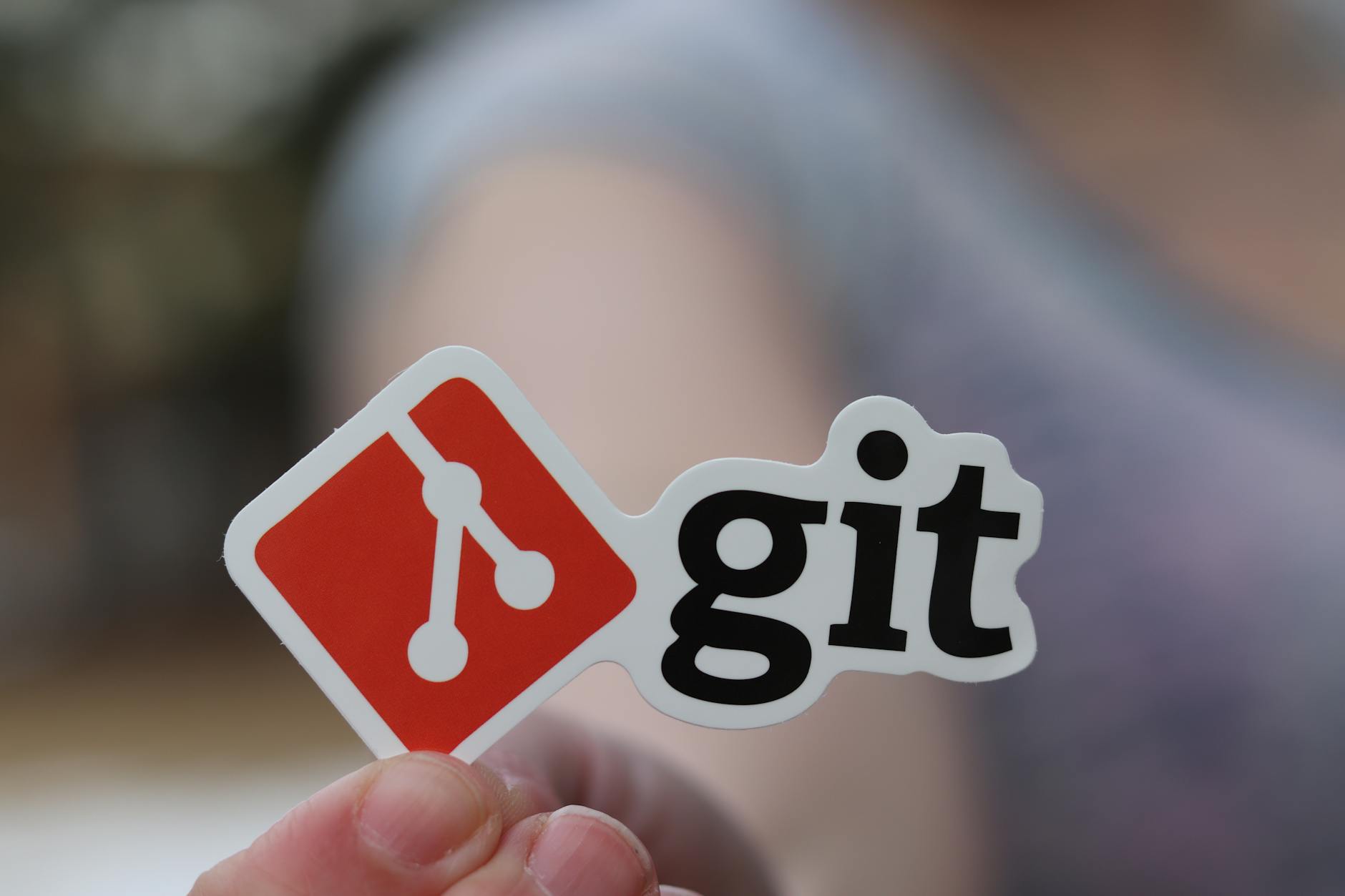
Just wrapped up another WGU course, D197, also known as Version Control, and I knocked it out in just five days! If you’re working your way through the Software Engineering program like I am, you’ll probably see this one pop up early in your degree plan.
This class is focused entirely on Git and GitLab, which are essential tools for any developer.
So, what is version control, anyway? Before this class, I had a general idea, but D197 helped me really understand the purpose and power behind it.
Think about it like this: if you’ve ever worked on a document, maybe a research paper or a resume, and saved multiple versions like resume_final.docx, resume_final_v2.docx, etc, to keep different versions of your file separate, then congrats, you’ve already been doing a form of version control.
Git works in a similar way, but it’s much more sophisticated and advanced. Instead of saving a bunch of slightly different files on your desktop, Git lets you track several changes at once using the console or terminal, and you can use commands on that terminal to roll back to earlier versions of not just one file, but past versions of entire directories of files.
With Git, you can also collaborate with others without overwriting each other’s work. GitLab adds a nice web interface on top of Git, making it easier to manage repositories, branches, merge requests, and more. It took me only five days to learn the basic commands of Git, so I think anyone should be able to grasp it within a week or so.
What is Git?

Git is software that you install on your computer that — when initiated through the command console or terminal — will help you track changes to your code over time, like having a time machine for your software projects. It keeps track of every change you make to files, allowing you to maintain a complete history of your work, even entire directories.
It does this by allowing users to save the state of files as checkpoints whenever something changes. These checkpoints are manually triggered by the user using git commands in a terminal. WGU keeps the assignments practical. You’ll be working directly with Git commands in your terminal and pushing changes to a GitLab repo that they give you access to. If you’re new to the terminal or command line, it might seem intimidating at first, but the class materials walk you through each step and there are online tutorials and videos that show you what to type.
How I passed D197 in Five Days
If you’re wondering how to knock out D197 quickly, here’s exactly how I did it in just five days.
Day 1–2: I started by watching the Udemy course Master Git and GitHub in 5 Days: Go from Zero to Hero by Pierian Data. The course has 44 videos, but most are only about 5–8 minutes long. That’s roughly 5 hours of content if you watch them straight through. I didn’t rush it, though. I split it between two days and let the information sink in.
While watching, I followed along by installing Git (super easy and free) and creating a test repository on my computer. I typed the commands along with the instructor, which helped the concepts stick. If you’re taking this class, I highly recommend doing the same. Watch, practice, and take notes. It’s way easier to remember how Git works when you’re actually using it instead of just watching.
Day 3: After finishing the Udemy course, I made a test GitLab repo and practiced pushing commits to it. This was mostly just to simulate what the actual WGU performance assessment would expect. Then, I watched the LinkedIn Learning course that WGU recommends. I even did some of the quizzes that come with it, just to reinforce what I’d learned.
Day 4: I tackled the Performance Assessment. I opened up the rubric and took it step by step, crossing each requirement off as I completed it. When I hit a wall or wasn’t sure what a rubric item meant, I searched Reddit threads for D197 to seek out advice from other students. It took several hours, and I gave it my full attention. By the end of the night, I had submitted my work.
Day 5: I checked throughout the day, hoping to see my results, but the review took a little while. Finally, later that night, I got the notification that I had passed!
What comes after learning Git
Even though the class uses GitLab as an introduction to how to push to a remote repository, I believe it’s mostly the same process for GitHub (in my opinion, a more popular web-based git platform).
Both platforms offer robust version control features and are built on Git’s core functionality. The main differences lie in their user interfaces and some platform-specific features, but the fundamental Git commands and workflows remain identical. This means that once you understand how to use Git with one platform, you can easily adapt to working with the other.
I personally will be using GitHub since it’s more widely used in the open source community and has better integration with popular development tools. Plus, my experience in D197 gave me the confidence to jump right into it without any hesitation – the skills are completely transferable.
Last Modified: December 3, 2025


Leave a Reply